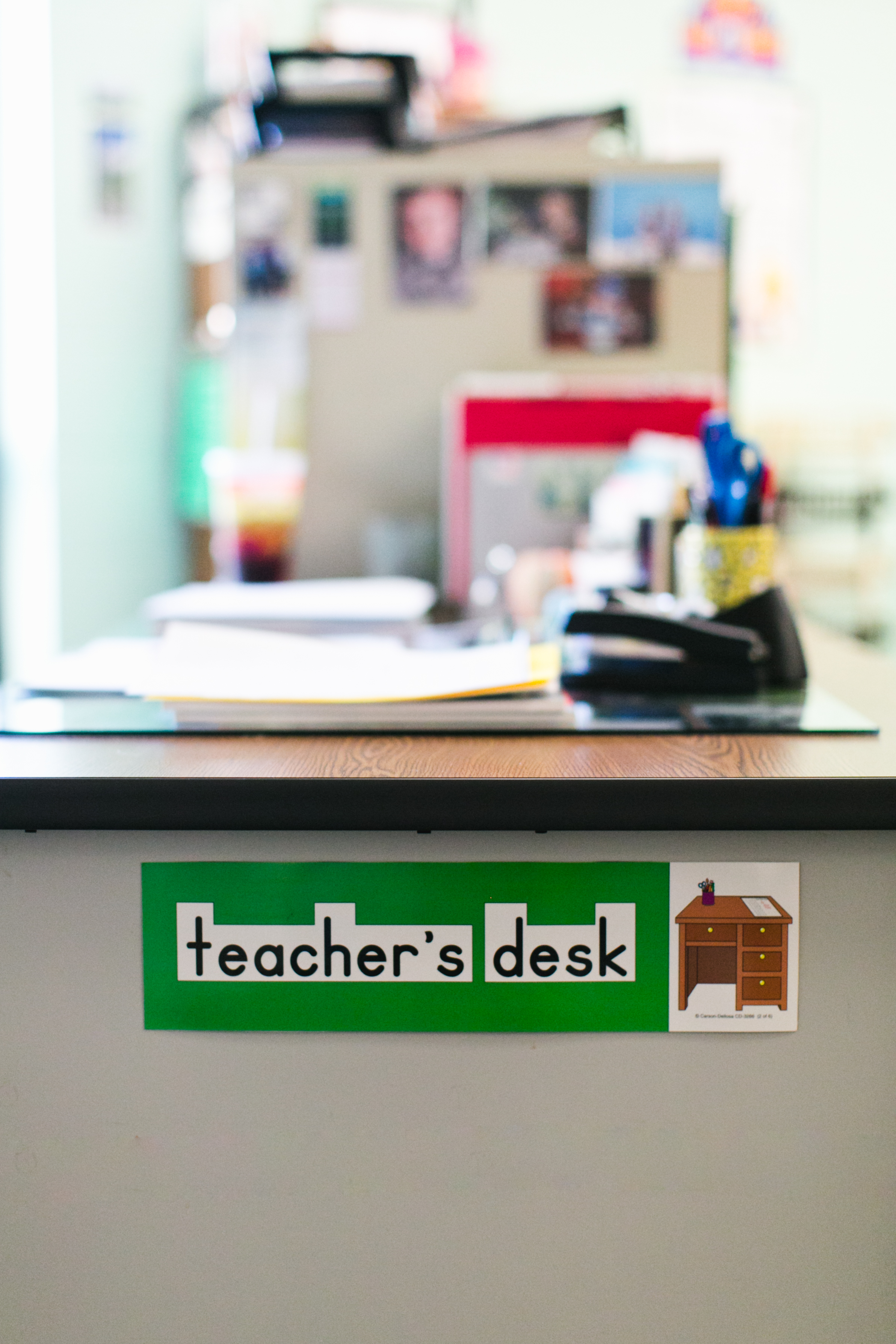Minnesota currently faces a teacher crisis with more teachers retiring and leaving the profession and fewer entering the profession. To help address the challenges, MREA announced today specific steps the Minnesota Legislature can take in 2017 in the areas of licensure, quality, supply and retention of teachers. View results of 2017 Teacher Supply & Demand Report.
Licensure
- Enact recommendations of the CTE work group for alternative requirements for CTE licenses and the Legislative Study Group for a tiered license system. Learn more.
- Require teacher candidates to disclose their NES or MTLE test scores to potential school employers, but prohibit the use of test scores to determine teacher licensure.
Quality and Supply
- Establish a single-entity, one-stop shop for licensure and re-licensure as recommended by the Legislative Auditor.
- Direct new single entity for teacher licensing to balance both the quality and supply of teachers through its policies and recommendations.
- Ensure diversity in geography and district size of the members of the single entity’s professional standards board.
- Accept out-of-state prepared teachers in areas without an in-state prep program with only testing requirements. Currently there are six areas that do not have state programs to obtain a licensure: blind and visually impaired, four career and technical areas and two world languages.
- Secure adequate, ongoing funding for loan forgiveness and make it more of a guarantee than lottery for those teaching in shortage areas. The small number of teachers able to receive loan forgiveness and the $1,000 annual limit are not enough to attract young people to enter teaching.
Retention
- Expand QComp funding for interested school districts and create full eligibility for cooperatives to participate. When funding was added to QComp in 2013 and 2015, 38 school districts received funding. The percentage of rural districts with QComp as doubled to 25 percent. Currently there are five school districts, one intermediate, one education district and six charters who have made application and are in the queue for funding. View the interactive map
- Maintain a stable, defined-benefit retirement plan through shared responsibility as proposed by TRA Board or similar with full funding for districts’ increased costs. Due to a significant increase in the life expectancy of female teachers and a reduction in the long-term expected financial returns, TRA requires a fix. MREA applauds the Governor for including the increases in school district costs for FY ’18 and ’19 in his biennial budget.
- Repeal the eight “check box” re-licensure statutes effective two years after passage and direct new single entity to design a comprehensive yet simple re-licensure system.
Minnesota loses 25 percent of its teachers within the first three years, and the number of teachers leaving the profession for personal reasons has grown 64 percent in the last six years. Minnesota has a comprehensive teacher evaluation system including principal evaluations based on state standards and individual improvement goals.
Yet the state has a one-size-fits-all re-licensure system with now seven specific check boxes in statute for a minimum of one hour of training whether or not the teacher needs it or whether it fits the teaching situation. Also required is a reflective statement that no one can read or evaluate in the re-licensure process. This unnecessarily creates a burden on teachers, especially burdensome on teachers not employed by a district or charter, re-licensure committees, and MDE.
Download the full Teacher Crisis Guide for more details on the shortages in Minnesota.
View issue brief on addressing the teacher crisis in Minnesota.






[…] MREA has specific recommendations for the Legislature in 2017 in the areas of licensure, quality, supply and retention of teachers. View the recommendations. […]